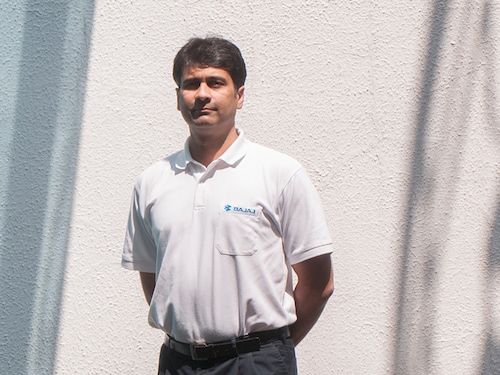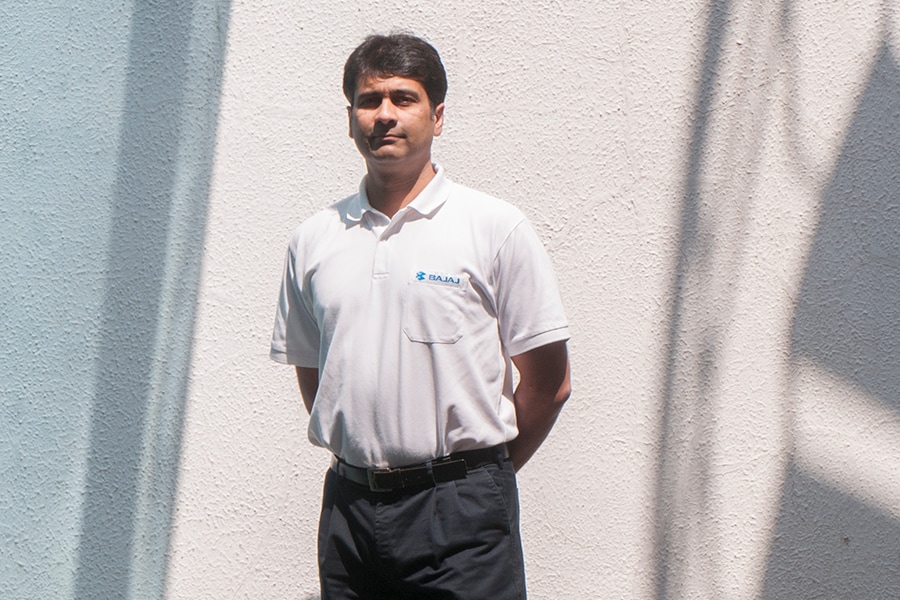Navigating complexity in a digital world
In a disruptive, uncertain & complex economy, how can companies keep things simple?


 Rajiv Bajaj, managing director, Bajaj Auto
Rajiv Bajaj, managing director, Bajaj Auto
Image: Vikas Khot
In a rapidly changing digital world, uncertainty is rife. “You can either get cosy and comfortable and get disrupted, or you can choose to disrupt,” says Dinesh Malkani, president, Cisco India. But as businesses opt to disrupt rather than get disrupted, how can they ensure that they steer clear of complexity? How can they adapt to the changing business environment, while still keeping things simple? This was the subject of a panel discussion titled ‘Simplifying to Amplify in a Disruptive Economy’ at the Nasscom India Leadership Forum 2017 in Mumbai on Thursday.
Rajiv Bajaj, managing director, Bajaj Auto, says to keep things simple, businesses “need to look inside before they look outside”. Drawing parallels between homeopathy and management practices, he said just like a homeopath will tell a swine flu patient that the virus caught on to him because his immunity was weak, so also businesses need to find solutions within. “It has less to do with the virus and more to do with the patient’s vitality. Else, even the patient’s neighbour should have caught the flu,” he said. Take the example of the country’s airline industry: The external circumstances are the same for all airlines, yet only Indigo is profitable. Bajaj also stressed on the “D-Factor” - a differentiating factor that would set a business apart from its competition, as well as on aligning a business’s structure, resources and capabilities to achieve one’s goal. “At Bajaj, when we were making scooters, our R&D was zero. Slowly, beginning with a small team, we started developing our own R&D capability. Today we are a high-tech motorcycle company,” he said.
Cisco India’s Malkani, who was also on the panel, spoke of catching emerging trends early on. Through close conversations with a “large sample size” of customers, partners and various stakeholders, Cisco India concluded in 2014 that India would be the most digitised country in the world. Armed with this foresight, the technology company re-skilled its people, developed products that matched customers’ changing expectations, and created a more risk-taking culture. “If you don’t have a bold plan for the future, your business will get commoditised,” he warned, referring to the need to be agile. “As a leader, you need to be in close contact with your customers and constantly think about the changes you need to implement to stay ahead of the curve. At the same time, don’t have sleepless nights. You need a healthy sense of paranoia.”
“P&L pressures” or the need for shareholders to see short-term, quarterly targets being met can, however, come in the way when trying to create capabilities for the long term. But Wipro’s chief strategy officer Rishad Premji, however, said that as long as leaders clearly communicate their journey and strategy to shareholders, the need to differentiate between short-term and long-term targets would not arise.
Clearly, the need to focus on business fundamentals was a unifying theme among the panelists. As moderator Shereen Bhan, editor-in-chief, CNBC-TV18, wrapped up: “Focus on where you are, what your capabilities are and where you want to be.”
First Published: Feb 16, 2017, 14:50
Subscribe Now